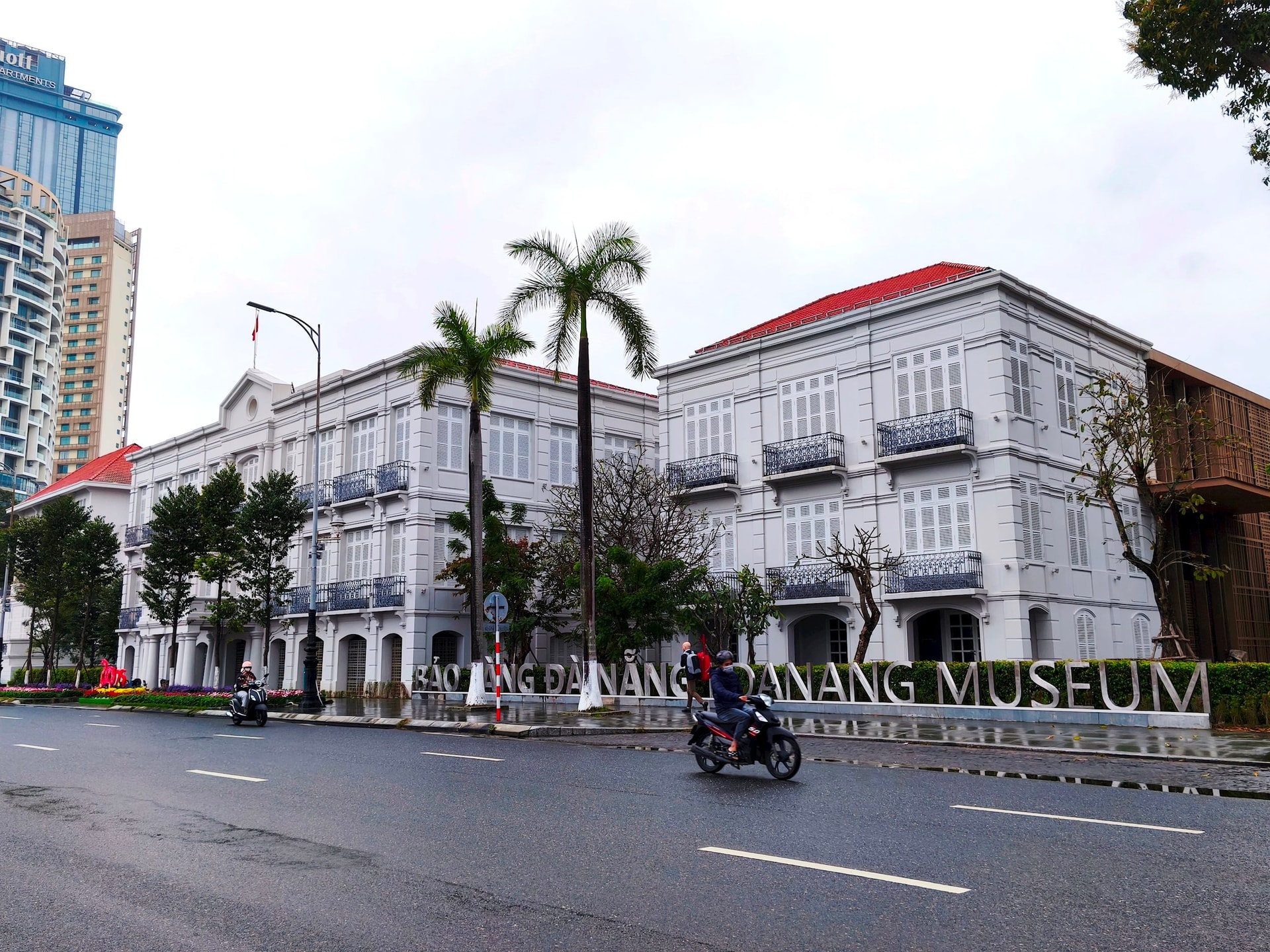
Tourane was then a colonial town planned by the French in the late 19th century, with straight roads, spacious offices and red tiled roofs among green trees.
Ancient Tourane - a micro-colony within the protectorate
In the fall of 1888, a decree from the imperial city of Hue quietly closed the old era and opened a new chapter for the land along the Han River: Tourane became a French concession - a unique "micro-colony" in the heart of the protectorate of Annam.
Although the Protectorate Treaty had been signed with the Hue court, the French still chose a separate way: separating some strategic areas from the court's management and placing them directly under their supervision.
This concession was formatted as a real colony with its own laws, its own government and its own management mechanism without any local intermediaries. That was how the French quietly planted a “miniature colony” right in the protectorate, while demonstrating their strategic plot to expand their influence in Indochina.
Not long after Tourane became a concession, strange footsteps began to walk along the Han River. They came with paper maps and rulers in hand.
The French began to measure, record, and demarcate each plot of land, each stream, each road as if they were "redrawing" a new urban area on the old foundation.
A special committee was established, they redefined the boundaries and applied new laws, and at the same time built a series of administrative works, seaports, garrisons...
Tourane began to become a miniature “model” of French civilization in the heart of Central Vietnam of Annam. Not only was there a change in architecture, but it was also the first time that Da Nang was planned according to a modern urban model with clear functional zoning, separate construction laws and regulations on building height, something completely foreign to the old feudal urban areas.
From the first sketches on the land along the Han River, Tourane continuously expanded in scale to meet the ambitions of the colonial government. Initially, the concession area was only about 2.5 hectares, just enough for a few office buildings or a few administrative buildings. But with a long-term vision, the French quickly promoted the expansion of the territory.
By 1895, the recorded area had increased to 1,366 hectares, and on the 1889 map, the actual boundary even approached the 10,000-hectare mark. That space was no longer limited to the original central area but extended both in width and depth: from the two banks of the Han River, spreading around the Tien Sa peninsula for military reasons, winding along the foot of the spiritual-colored Ngu Hanh Son mountain, then clinging along the Hai Van pass to control the vital traffic axis leading to Hue.
Furthermore, a road connecting Tourane with the ancient trading port of Faifo was also planned as part of a long-term expansion strategy.
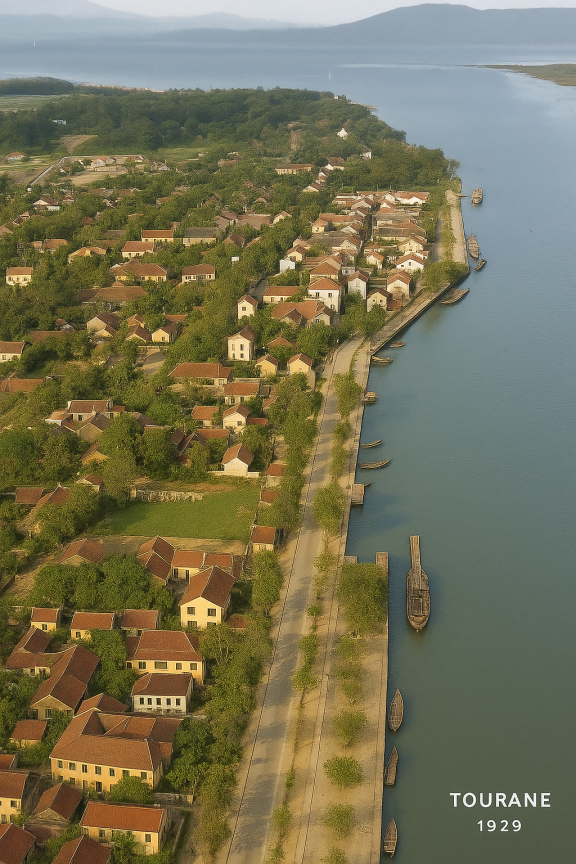
Aerial view of Tourane under French colonial rule, looking from south to north, with the Han River on the right side of the frame. The main road running along the river is Quai Courbet (now Bach Dang), where administrative, public and commercial buildings planned by the French are concentrated. In between are French-style villas with red tiled roofs and pale yellow walls, surrounded by trees and walkways. In the distance is a forest area facing Tien Sa and Son Tra peninsula. The whole scene clearly reflects a well-organized "micro-colonial" model in the heart of the An Nam protectorate.
Remaining heritage - a piece of memory in the heart of the city
More than a century has passed since Tourane took on a European appearance. The vestiges of colonial architecture are now just scattered fragments among the modern streets of Da Nang.
According to statistics from the city's Department of Culture, Sports and Tourism in 2021, Da Nang (old) only has about 22 French-style architectural works identified as having historical and cultural value: including 11 public works such as the old city hall (Governor); 6 civil villas scattered on the streets of Trung Nu Vuong and Hoang Dieu; 2 religious works, notably the Chicken Church, a familiar symbol of the city; and the only remaining infrastructure work is Nam O bridge.
But many of these structures have been altered beyond recognition. Some have been renovated, others have been given a “new coat” that is far from the original, and many people living next to those old walls have no idea that they are walking through a part of history. If these memories are not properly preserved, they may quietly drift into oblivion amid the increasingly modern pace of life in the city on the Han River.
Keeping a few structures is not enough, more importantly, telling their stories so that the people of Da Nang today understand that they are living in a city with memories and depth. Restoring the old Tourane graphics using digital technology, building heritage streets, placing bilingual signs or integrating cultural tourism... are ways to help "awaken memories" in a gentle way.
The building at 44 Bach Dang used to be the Governor's Palace of the French government in Tourane more than a century ago and is now the Da Nang Museum - a space to preserve urban memories and local culture. Right next to it is building number 42, formerly an administrative office, which has also been converted to accompany the museum in its role as an exhibition center and community service center.
The restoration and operation of these two buildings is not only an effort to preserve the old architectural heritage but also a concrete demonstration of the unique urban development mindset of Da Nang city. This is also the first step in the orientation of forming an Urban Architectural Heritage Fund, creating a foundation for conservation - education and sustainable tourism activities in the future. In the heart of modern and dynamic Da Nang, the story of 44 Bach Dang whispers firmly: "wanting to go far, a city must not forget its roots".
If you have the chance, try stopping for a few minutes on the banks of the Han River, standing in front of an old building and being silent. Who knows, in that moment you might hear footsteps echoing from the previous century, the sound of the Tourane church bells ringing in the distant afternoon, or the clanging sound of the tram running along Bach Dang Street.
The old stories still quietly exist in the heart of the city. Just a deep enough look and a quiet enough heart, they will tell you.
_____
(*) Dr. Le Minh Son - currently Head of the Faculty of Architecture, University of Technology - Danang University.
Source: https://baodanang.vn/lan-gio-dien-mao-do-thi-tourane-dong-ky-uc-ben-bo-song-han-3298610.html


![[Photo] Bustling Mid-Autumn Festival at the Museum of Ethnology](https://vphoto.vietnam.vn/thumb/1200x675/vietnam/resource/IMAGE/2025/10/4/da8d5927734d4ca58e3eced14bc435a3)

![[Photo] Solemn opening of the 8th Congress of the Central Public Security Party Committee, term 2025-2030](https://vphoto.vietnam.vn/thumb/1200x675/vietnam/resource/IMAGE/2025/10/4/f3b00fb779f44979809441a4dac5c7df)
![[Photo] General Secretary To Lam attends the 8th Congress of the Central Public Security Party Committee](https://vphoto.vietnam.vn/thumb/1200x675/vietnam/resource/IMAGE/2025/10/4/79fadf490f674dc483794f2d955f6045)



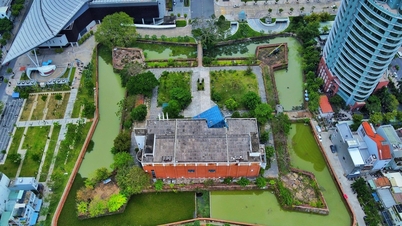
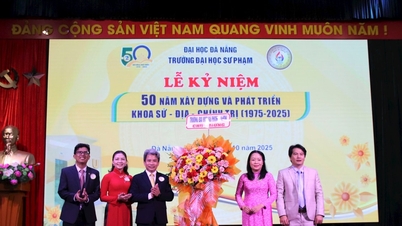
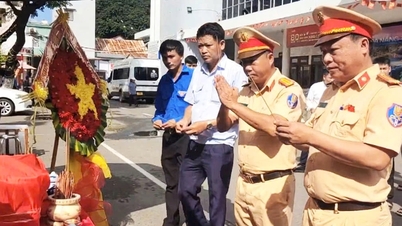


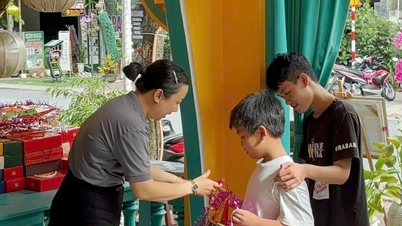






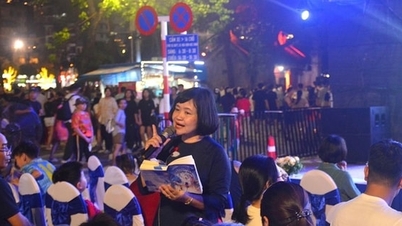









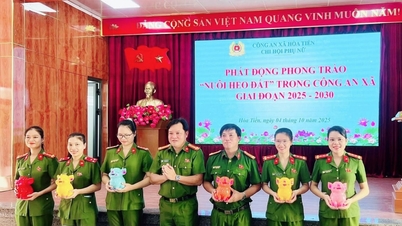
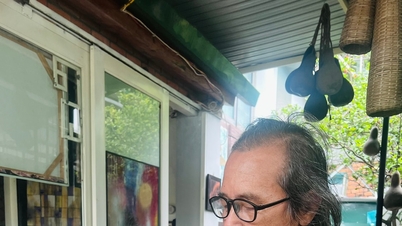




























![[VIDEO] Summary of Petrovietnam's 50th Anniversary Ceremony](https://vphoto.vietnam.vn/thumb/402x226/vietnam/resource/IMAGE/2025/10/4/abe133bdb8114793a16d4fe3e5bd0f12)

![[VIDEO] GENERAL SECRETARY TO LAM AWARDS PETROVIETNAM 8 GOLDEN WORDS: "PIONEER - EXCELLENT - SUSTAINABLE - GLOBAL"](https://vphoto.vietnam.vn/thumb/402x226/vietnam/resource/IMAGE/2025/7/23/c2fdb48863e846cfa9fb8e6ea9cf44e7)















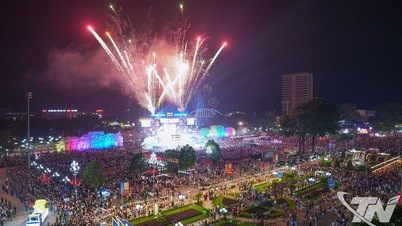



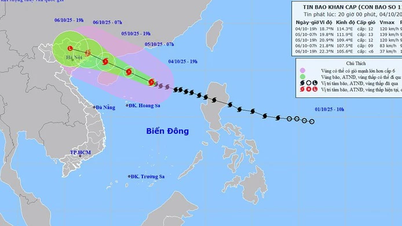












Comment (0)